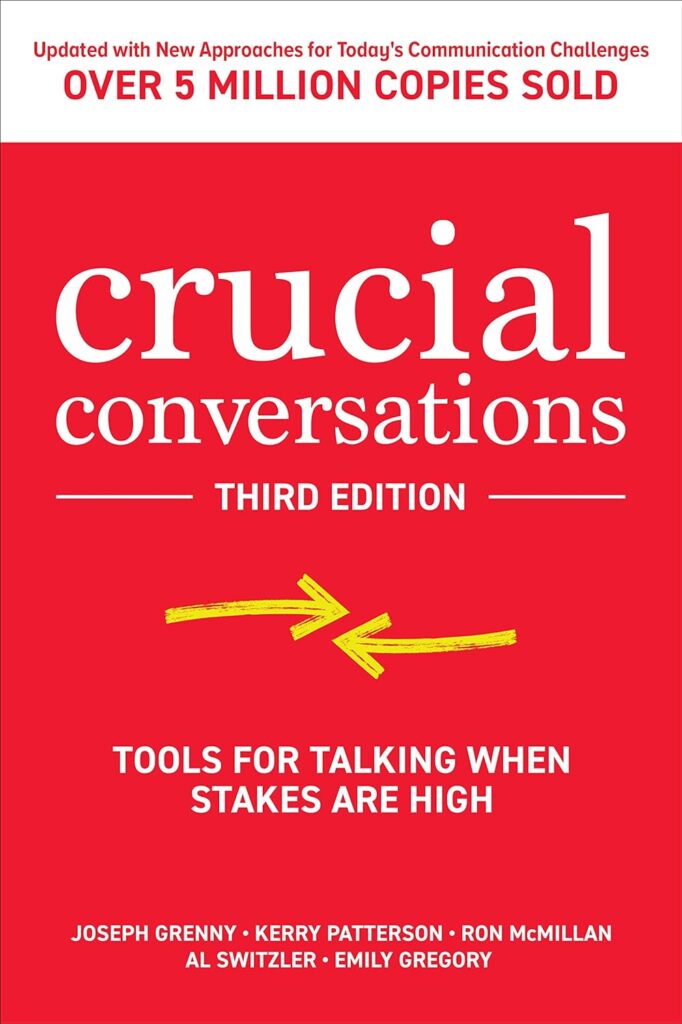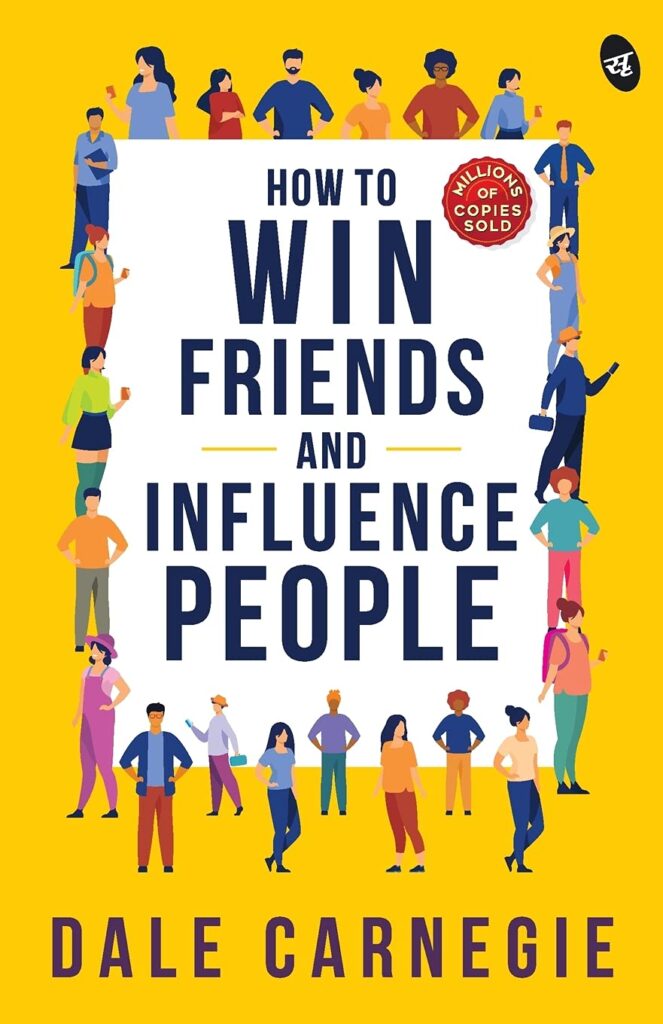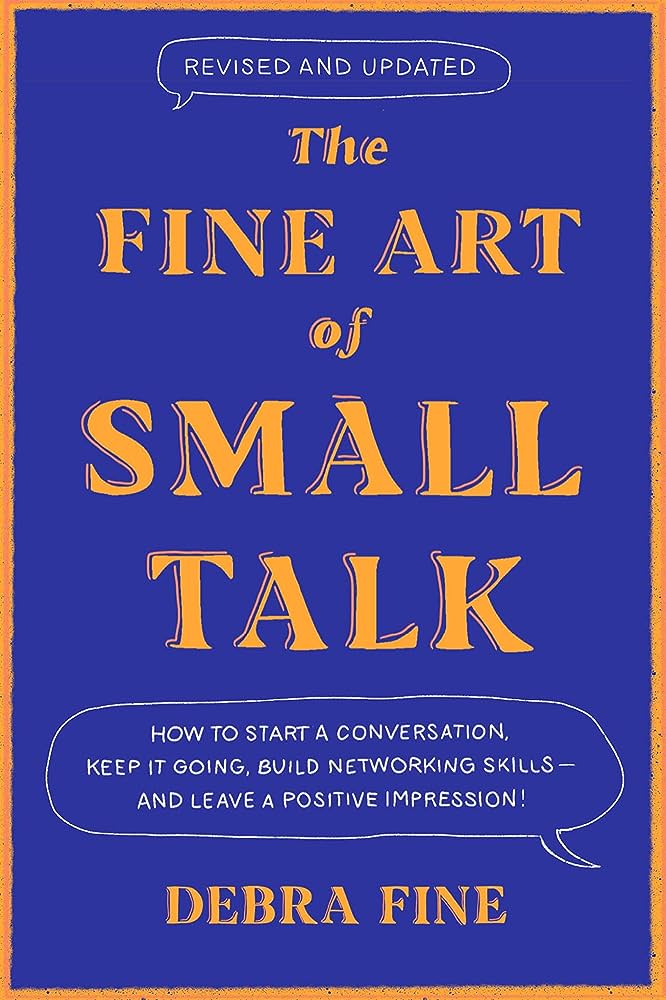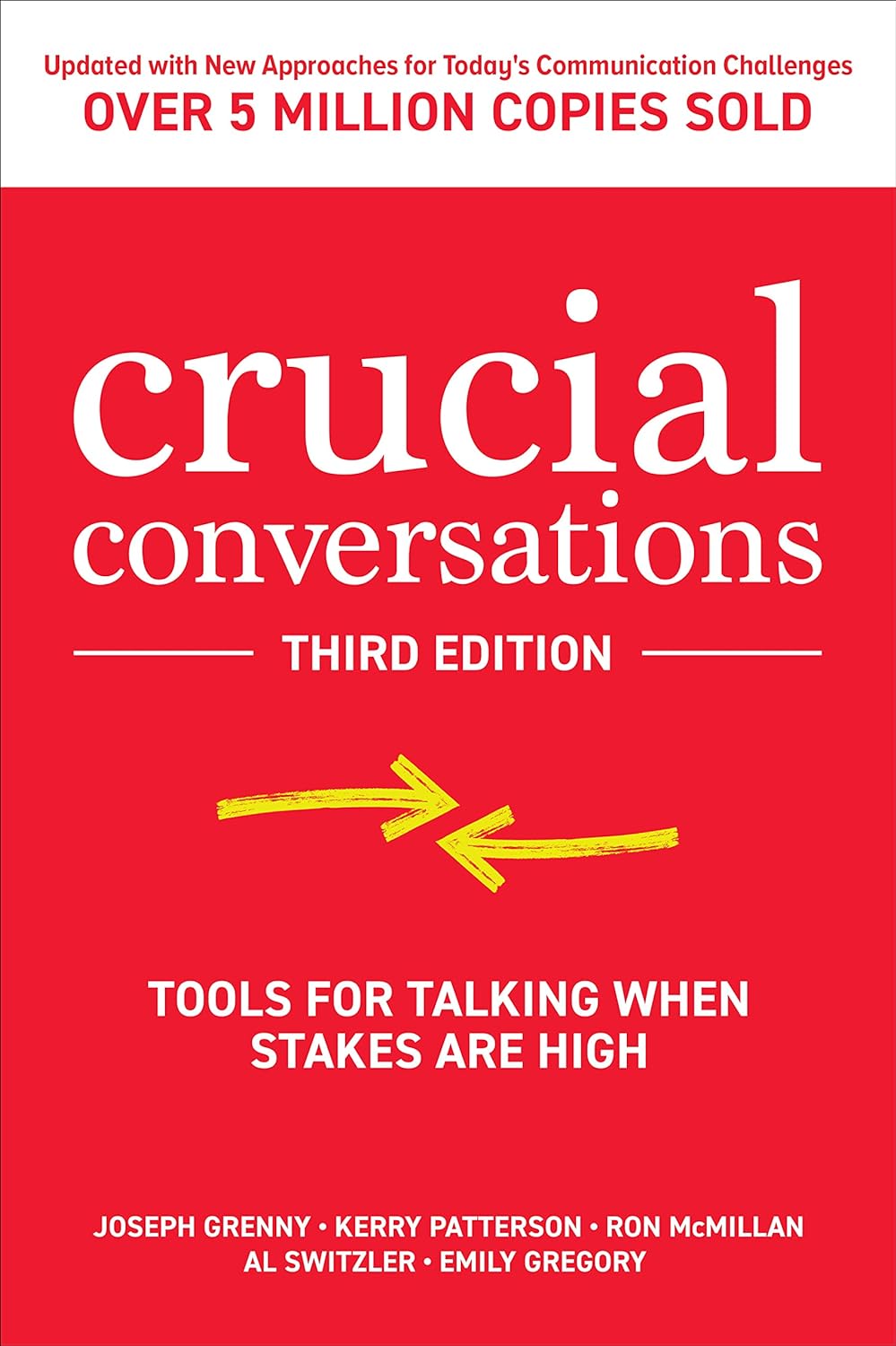Introduction.
Vinh Giang, a communication expert, guides individuals in unlocking their full potential in communication and social skills, taking gradual steps toward improvement.
Unlike the commonplace and generic communication advice often found online, such as “talk slowly,” I’ve discovered that his tips are genuinely unique and highly effective.
Here are some of the finest communication tactics shared by Vinh Giang.
10 Tactics by Vinh Giang.
1. Conversational Threading.
If someone asks you, “What do you do?” you can respond like this:
“I work as a software engineer.”
However, there’s a problem with this answer.
The person you’re talking to may need some background in software engineering to engage further, like saying, “Oh, I’m currently working on a to-do app. Would you be interested in checking it out?”
The chances of this happening are quite low.
So, Vinh Giang suggests a technique called conversational threading. Instead of offering just one topic, you provide multiple threads for the other person to pick from. Here’s an improved answer to the same question:
“I’m a software engineer at Microsoft. I work there during the day, but my main focus is developing and scaling a fitness app with my friends.”
In this response, there are several points for your listener to connect with, such as:
- Engineering
- Software engineering
- Fitness
- Collaboration with friends
- Microsoft
- Regular work hours
- Scaling a project
This makes it easier for them to respond with something like:
“That’s interesting, especially considering the challenges of AI in the job market. I’m also working on scaling my clothing brand…”
People who excel at conversational threading never run out of things to talk about and encourage others to share as well.
Warning:
Be cautious not to provide too much unnecessary detail; finding the right balance takes practice.
Tip: Adding a “why” to your answers can also help when responding to closed-ended questions. For instance, if someone asks:
“What are you doing?”
You could say:
“I’m editing a photo because my friend, who’s a musician, asked me to create album art for him.”
See how I added a “because” after answering the question? I basically told them why I was doing what I was doing. This approach gives the other person more avenues to continue the conversation.
Remember that adding a “why” to your answers doesn’t always work.
2. Cold Reading Statements.
One of the most common communication challenges is not knowing what to say when meeting new people, often resulting in a mental blank.
Vinh Giang suggests using the tactic of cold reading statements. Here are the steps to follow:
- Pay attention to their appearance, how they present themselves, and their communication style, among other things.
- Make a positive statement or educated guess about something you’ve noticed in the form of a question.
For instance, if you meet someone dressed in vibrant and unique clothing with intricate patterns, you could ask, “Your style looks very unique and vibrant, are you an artist by any chance?”
This approach opens up opportunities for further discussion.
- If your guess is incorrect, they might explain why they dress that way, leading to a different conversation.
- If you’re right, you can share how you made the guess.
The key is to keep the statement positive and engaging to create a friendly and open atmosphere for conversation.
Extra: Must-Read books for Communication Skills






3. Avoid Vocal Fry.
Avoiding vocal fry is a valuable communication tip, as recommended by Vinh Giang. The key is to maintain consistent energy throughout your sentences.
This doesn’t mean you have to pretend to be someone you’re not; it simply means starting and ending your sentences with the same level of volume and energy.
Many people tend to start with energy but trail off into vocal fry as they continue speaking.
This often happens because they run out of breath and energy as they talk.
It happens because your voice tries to keep up with your rapid thoughts, which tend to outpace your ability to take another breath and recharge your volume.
Tip:
Remember to take regular breaths and maintain a consistent volume from the beginning to the end of your sentences. This not only enhances the clarity of your speech but also keeps your audience engaged and attentive.
4. The Parroting Technique.
When you find yourself in a group of people and need to capture their attention to convey a message, or if you’re dealing with someone who’s interrupting you one-on-one, The Parroting Technique can be quite effective.
This technique involves repeating the same words or phrase until you have their full attention, at which point you can begin speaking.
Interestingly, this technique is often employed unconsciously and can be observed in various situations, including classrooms where teachers use it to regain control or in debates to ensure others allow you to finish your point.
For example, you might say, “Never, never, never…” to halt the conversation or interrupters in a group.
Once you have their attention, you can then smoothly continue with your statement, such as, “Never have I ever seen a person do that before…”
This method helps ensure that your message is heard and understood.
5. Yes And vs. Yes But.
Statement: “I think our team meetings have been running too long.”
Spot the difference between the two responses:
- “Yes, but we have a lot of topics to cover.”
- “Yes, and we have a lot of topics to cover.”
When you respond with “yes, but,” you acknowledge the other person’s point but then immediately negate it with a counterargument or a justification. This can come across as defensive and dismissive of the other person’s concerns or ideas.
On the other hand, responding with “yes, and” acknowledges the other person’s point and builds upon it. It creates a more collaborative and open conversation.
6. Frame Negative Feedback.
Many people tend to share negative feedback less effectively, like this:
“I think you’re too afraid of getting attention, and that just makes you speak very softly. It makes you hard to hear.”
The issue with this feedback lies in how it’s framed. Here’s a better way to provide constructive feedback:
“Hey Jimmy, I’ve noticed something about you that I believe may be hindering your full potential and undermining your competence. I don’t want that for you; I want you to be able to show people who you truly are. You see, when you speak, your voice is often too soft, making it difficult for people to hear you. I suspect it might be because you’re uncomfortable with receiving attention.”
The well-framed feedback is received differently because it communicates concern, support, and a desire for improvement rather than coming across as hostile or insulting.
By framing feedback with kindness, compassion, and a genuine desire to help, you create an environment where individuals are more open to self-improvement and growth.
7. Remove Visual Clutter.
Visual clutter occurs when you use body language that doesn’t serve a purpose or align with your spoken words.
It’s like repeatedly moving your hands in the same manner, irrespective of whether it complements what you’re saying.
This can be likened to how characters were portrayed in GTA San Andreas, where their hand gestures remained constant, regardless of their dialogue.
The solution is simple: Ensure that your gestures visually enhance and convey what you’re saying. For instance, if you’re enumerating points, use your fingers to represent the numbers.
Here are 20 functional gestures you can adopt and begin using immediately.
8. Mirroring Vocals.
Just as it’s commonly recommended to mirror someone’s body language for rapport-building, Vinh Giang suggests going a step further by mirroring people’s vocal foundations. This includes aspects like:
- Speaking rate
- Volume
- Melody
- Tonality
- Pause
Imagine you meet someone who is naturally shy and soft-spoken. If you greet them with high energy and a loud voice (five other people can hear you), it might make them uncomfortable, and they’ll want to end the conversation ASAP.
Instead, you can start by mirroring their quiet and soft speaking style, aiming to establish a connection and rapport with your voice.
Tip:
The key is not to remain at that level, but gradually build up to your usual speaking energy, bringing them along with you. You’ll likely notice that as you increase your volume and energy, they’ll follow suit.
9. The Wallpaper Trick.
To transform any communication skill into a second-nature habit, Vinh recommends using the “wallpaper trick.”
Let’s say you want to make speaking louder a habit (there’s even a free 30-day course for it). You might find that you start off speaking louder for a few times, but then revert to your old ways.
To consistently remind yourself to speak a bit louder, you can set your phone’s wallpaper to an image with the text “Louder.”
Since we frequently unlock our phones many times throughout the day, it serves as a constant visual cue to encourage you to be more audible.
This trick can be applied to any skill you’re trying to develop, such as enunciating more clearly or varying your speech rate.
Practicing is the key to replacing old habits with new ones, like transitioning from being soft-spoken to having a strong and clear voice.
10. Lower Pitch Ending.
Vinh Giang recommends ending your sentences on a lower pitch to enhance believability and project confidence.
While some people lower their pitch at the end of sentences to appear polite, it’s not usually necessary in most conversations.
To understand the effect of this technique, try this exercise: ask a question without speaking (hum a question) while ensuring it’s evident that you’re asking.
You’ll likely notice that you instinctively raise the pitch at the end to signal the question. Now, repeat the exercise but end the hum on a lower pitch.
By incorporating this approach, you can increase your authority, convey confidence, and avoid appearing uncertain in most situations.
Of course, if you genuinely need to express uncertainty, you can still do so explicitly by saying something like, “I’m not sure, but…”
Bonus Tactic.
Here’s another communication tactic by Vinh Giang that I highly recommend. It’s part of Tools by TACTICS+ where you get short step-by-step tools from the world’s best minds.

Conclusion and Further Self-Improvement.
Hope you found these communication and charisma tips valuable and unique.
To get more tools (from the world’s best minds) and tactics right in your inbox, subscribe below.
More resources:








